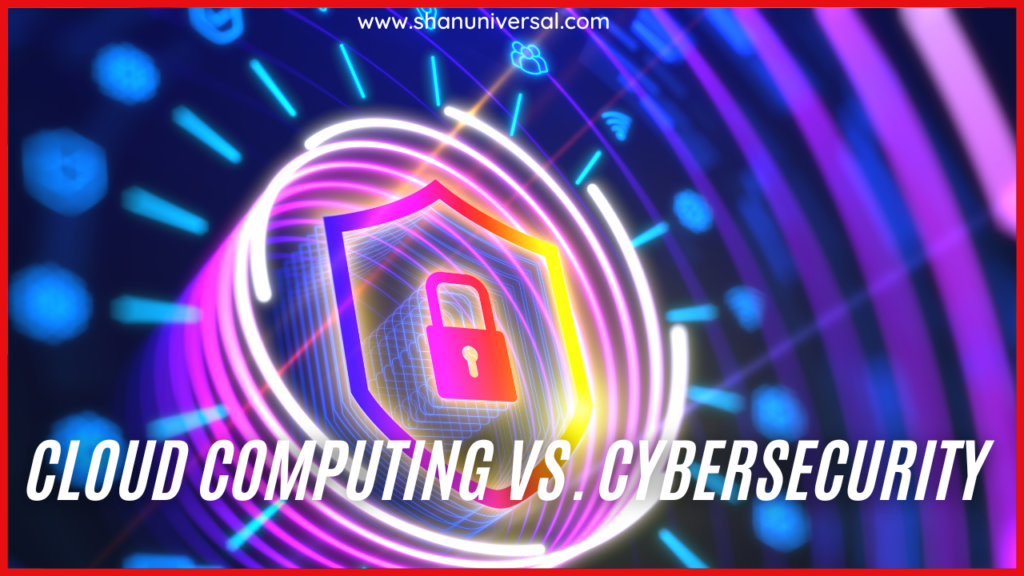The Impact of 5G Technology
5G technology is a major leap in the world of wi-fi, and promises to change the way we communicate particularly those related to the Internet of Things. As the variety of devices continue to grow as they become more widespread, the need for a faster, more secure community will grow to be the most important. This is where the 5G technology steps in, providing unheard of speed, less latency and enhanced connectivity. In this piece I will discuss the ways that 5G technology can enhance the environment, What is the impact of 5G technology on The Internet of Things?
How do you define 5G technology?
5G generation is the fifth generation of cell technology and succeeds the four-G networks. It was designed to cope with the ever-growing need for faster record speeds, higher connectivity and a higher level of overall performance. Contrary to previous generations 5G isnt an incremental improvement Its a sweeping bounce that brings significant enhancements to community capabilities.
The most important aspects that 5G technology has to offer
1. Amazing Speed with theoretical speeds of downloads up to 10 gigabits compatible two-dimensional (Gbps) 5G is approximately 100 times faster than 4G. It allows seamless streaming, transferring huge files in a matter of seconds while delivering an experience that is immersive for the user.
2. Lower latency: 5G technology boasts decreased latency with delays that are as low as 1 millisecond. This virtually zero latency is crucial to applications that demand real-time interaction, as well as autonomous automobiles as well as remotely-operated surgical techniques.
3. More capacity: 5G will benefit to connect a wide range of devices that are
connected and devices, which makes it the perfect choice to benefit the growing environment.
5Gs Enhancement of the Internet of Things
More Connectivity and Speed One of the biggest benefits of 5G technology is its incredible speed. This increased
speed permits devices to send and receive information more rapidly which allows for real-time communication and faster decision-making processes. For instance in smart towns 5G could facilitate immediate communication between visitors to the site, lighting fixtures and self-sustaining vehicles, reducing traffic congestion and increasing the speed of travel.
Lower Latency
The term latency refers to the time between receiving and sending data. With 5G, the latency can be virtually eliminated and is crucial for programs which require instant responses. In the field of healthcare, for example, 5G could allow remote surgeries where surgeons are able to operate on patients from different locations with the least delay, which ensures the safety and precision of the procedure.
Increased Capacity
The IoT environment is comprised of millions of connected devices, from smart home devices to industrial sensors. 5G technology will benefit an array of devices at once, without not compromising the performance. The increased capacity will ensure that all devices are operational and connected even in highly urbanized areas.
Better Reliability
This is crucial when it comes to packages such as remote patient monitoring as well as self-sufficient driving. Advanced Security With the increasing number of devices, security will be a significant issue. 5G technology is equipped with advanced security features, along with appropriate security protocols for encryption as well as authentication to protect devices and information from cyber attacks. This ensures that sensitive information remains stable and networks are resistant to attacks What is the impact of 5G technology on The Internet of Things?
Pros and Pros
Pros
1.High Speed: enables instantaneous conversations and faster facts switching.
2.Low latency: essential for applications that require instantaneous responses.
3.Increased Capacity: supports a wide range of connected devices.
Enhanced Reliability Assures regular connection.
Advanced Security: Guards devices and information from cyber-attacks.
Cons
The cost of infrastructure: The implementation of 5G networks will require a
substantial infrastructure investment.
The device compatibility isnt perfect. every devices are compatible with the 5G generation.
• Energy Use: Networks with 5G could be consuming more energy when compared to previous generations.
In 5G, the energy use is a major issue.
More Demand for Energy
5G networks are developed to cope with significantly higher rates of information,benefit a bigger wide array of connected gadgets and offer additional less latency. This requires a more advanced infrastructure, which includes larger networks of smaller cells, higher-quality base stations and better antennas. Each of these components consumes more energy than previous generations, like 4G. Energizing Other Devices With 5G, the number of connected IoT devices is predicted to increase. Every one of these devices regardless of whether theyre a smart home appliance industrial sensor, self-sustaining vehicles requires electricity to function. While individual devices wont use a lot of power, the combined effect on billions of gadgets may result in significant power consumption.
Innovative attributes and Processing
5G generation is able to support advanced functions which include huge MIMO (Multiple input Multiple output) beamforming, beamforming and community- reducing. These features enhance the performance of networks however they also require more processing power, and consequently also, more energy.
Limiting the energy Consumption Despite the increased demands for strength there are a variety of techniques and strategies being developed to limit the energy consumption of 5G networks:
1. Energy-efficient Hardware: The industry is creating more efficient hardware components for 5G infrastructure, consisting of base stations with low power and energy-efficient antennas.
2. Intelligent Network Management (SNM):5G networks are able to make use of
sophisticated algorithms to manage the resources of networks more energetically.
FAQs
Q: How can 5G increase the security of IoT devices?
A: 5G increases security of IoT devices by providing steady and stable connectivity in areas with high density of population which ensures that devices operate without interruption.
Q: Do you have any issues of protection regarding 5G technology in IoT?
A: Even though 5G boasts of enhanced security capabilities however, there are still security issues, like the larger attack floor as a result of the greater number of devices connected. However the better appropriate security protocols and encryption help to reduce the dangers.
Q What are the most challenging circumstances of enforcing 5G?
A: The challenging aspects of 5G implementation in IoT are the high infrastructure expenses, compatibility issues with devices and an increased power consumption.
Q: How can 5G technology benefit smart cities?
A: The 5G era is a blessing to smart cities by means of allowing real-time communication between mobile devices, enhancing traffic control, increasing public safety, and enabling various smart metropolis apps.
Conclusion
5G generation is slated to transform this Internet of Things through providing greater connectivity, less latency, enhanced capabilities in terms of reliability, improved security, and enhanced security. These improvements will create greater connectivity and a superior potential, where devices will function smoothly and efficiently. As 5G networks continue their global rollout We can be expecting to see huge advancements across many industries including transportation and healthcare to smart cities along with industrial automation. What is the impact of 5G technology on The Internet of Things?


